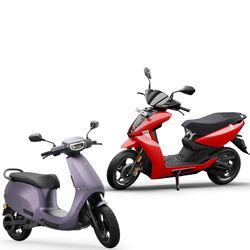Tesla vs BYD: Which EV giant will reign supreme in India?
- How the Chinese EV maker is shaping-up to be a formidable force in the world of electric mobility
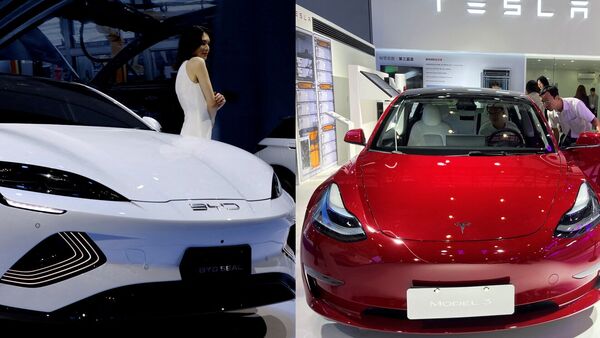

Back in 1995, an outfit based out of Shenzhen, China, began manufacturing nickel cadmium batteries, designed to power mobile phones. Flash forward nearly three decades later, and, following a landmark investment from Warren Buffet the company known as BYD or Build Your Dreams has officially surpassed Tesla as the world’s largest EV maker.
As of last year, BYD was exporting over 240,000 cars across 70 countries. Outside of China, where its dominance is undisputed, BYD now leads EV sales in Thailand, New Zealand, Australia, Singapore, Israel and Brazil. BYD’s almost surreptitious ascent to monolith status has brought into sharp relief the chief requirements that an EV maker needs to possess to rule the sales charts. According to a SWOT analysis conducted by the Atlantic Press, BYD’s chief advantages, in the BEV space, include having control over its own technology, predominantly having control over producing, developing and manufacturing batteries of its own which in turn allows it to lower costs in a way that its rivals cannot match. In 2020, BYD launched its own core technology dubbed the Blade Battery. Not only does BYD claim a range of 600 km using this technology, it also promises significantly greater durability with more than 3000 recharge, discharge cycles; twice the amount of an average Tesla battery. Although lithium ion technology is seeing constant developments, even the best of EVs, at present, can only withstand upto 1500-2000 discharge cycles. BYD’s claim, however, is difficult to contest at such an early stage in its product's lifecycle.
Also check these Cars
BYD vs Tesla : The Long Game
Although BYD may have sold more EVs, Tesla continues to generate greater revenue and profit thanks to its high-priced vehicles. So is it really fair to pit the two brands against each other? According to Vinkesh Gulati, Chairman of the Federation of Automotive Dealers Association (FADA) “Tesla has thus far catered to the premium-end of the EV market, while BYD has tried to cover the entire spectrum. What BYD is trying to do is aim for mass adoption of EVs (in China) and it can help do that in India''.
“To compare BYD and Tesla involves looking at where they get their money, who they sell to and how they operate. Tesla earns predominantly through its luxury cars while BYD sells a mix of buses, trucks and energy products. Tesla leads in electric vehicle technology, focusing on efficient batteries and self-driving features" says Sohinder Gill, Director General of the Society of Electric Vehicle Manufacturers or SMEV.


While Tesla aims to enter the Indian market with the intent of manufacturing a low-cost EV and also importing it, the timeline for that, according to Gulati, is at least 3 years away, assuming that the brand will formally enter the Indian market by the fourth quarter of CY2024. “At first they would like to study the local market and even then, staying under $35000 would be a challenge." BYD on the other hand, has a ready roster of EVs, the cheapest of which, in India, costs ₹29 lakh which they are importing at 70 per cent. If they start importing at 15 per cent it’ll be significantly cheaper" According to Gulati, the challenge for BYD lies in tackling the FDI barrier and other policy-based restrictions that could be placed by the government in the future. And for BYD to find a local partner like MG Motors, could take time too. “It took MG about two years to find a local partner," says Gulati, who is also the Vice President of the Automotive Skills Development Council. Gill however, remains sceptical. “Anti-China feelings could hurt BYD’s plans if border issues flare-up. Being cognisant of such factors they may not invest very heavily in the Indian market". Still, Gill warns that “With BYD’s predatory pricing, the brand can create pressures on margins for existing mass market EV players". There is another advantage BYD possesses, according to Gulati. BYD went to the B2B market first, which has a more gruelling testing period. “They had to prove themselves in the B2B segment, so as a product it has been established. It’s just that being a Chinese company, we don’t know when the policy framework might turn against it" he says.
Also Read : Once laughed at by Elon Musk, China's BYD overtakes Tesla for first time ever
On the pricing front, few can match BYD, especially legacy players in Europe, who have had to extend the manufacturing deadlines for their ICE products. According to data from the European Automobile Manufacturers' Association the market share of European carmakers in the EU fell from 74.2 per cent to 70.6 per cent while that of China's share rose from 0 per cent to 1.3 per cent Earlier this year Mercedes-Benz announced that it would continue making ICE cars beyond its former 2030 deadline. Audi AG, at the launch of its born-electric Q6 in March, announced that it would be launching a line of brand new ICE powertrains in 2026. With an uncertain policy climate, legacy brands are sticking to what they know.
Also Read : To buy or bye: BYD EV customers in India highlight the highs and lows
Not quite there yet
BYD may have its advantages in terms of a more diverse portfolio, greater control over its battery manufacturing process and low prices. Tesla, at present sources its batteries from multiple suppliers including CATL, Panasonic and LG Energy Solutions. Tesla also has an advantage in terms of a global Supercharger network and seamless integration between its software and hardware. That isn’t the full extent of disadvantages faced by BYD. According to the study conducted by the Atlantic Press, BYD’s distribution model remains flawed, with a long-drawn innovation cycle that has affected dealer sentiment in the past. Favourable national policies have allowed BYD to gain a foothold in the Chinese market (presently the largest EV market in the world) but lack of innovation along with patent disputes with companies like Sony are some red flags on the company’s horizon.
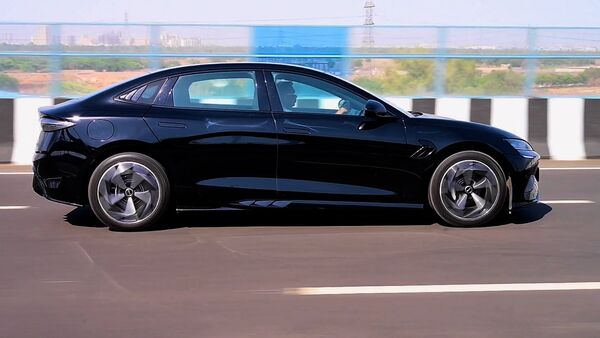

Gulati attest that the two companies will have a very different function. While BYD can help in the volumes segment, pending favourable policies, Tesla can help the overall trajectory of India’s EV segment, as a manufacturer and exporter of high-end EVs. “That’ll help attract a larger base of suppliers, which is what we need". Innovation on the software and battery front remains Tesla’s domain. But BYD’s lowered costs thanks to its control over its battery supply chain can see it dominate EV sales even outside China and South Asia in the near future.







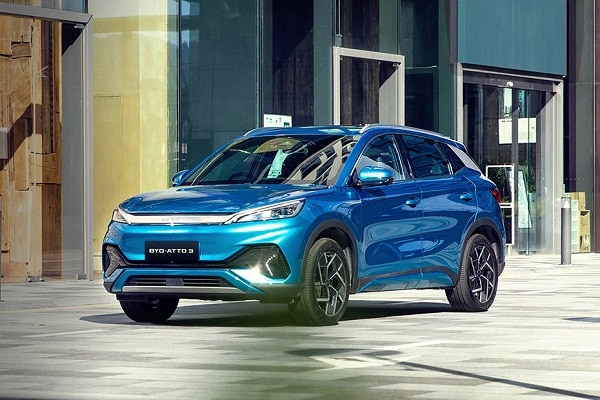
 60.48 kWh
60.48 kWh 521 km
521 km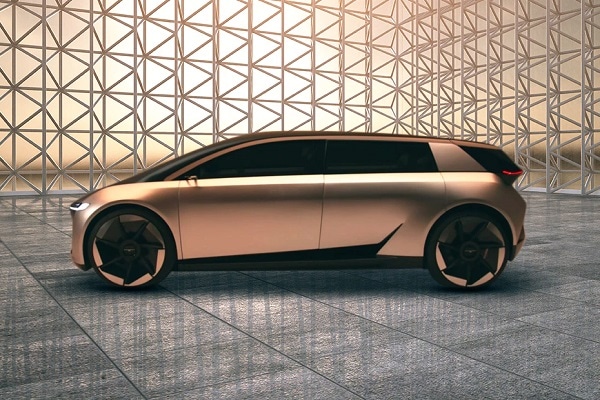

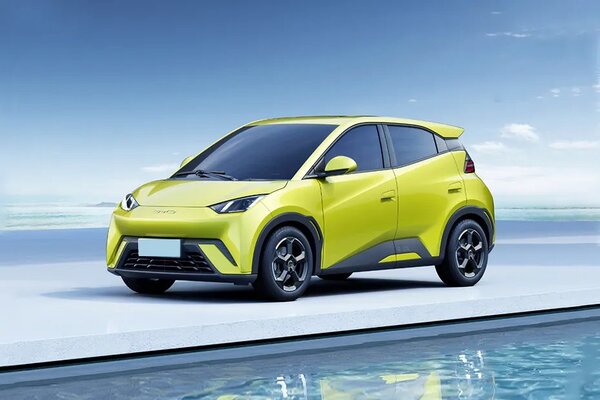
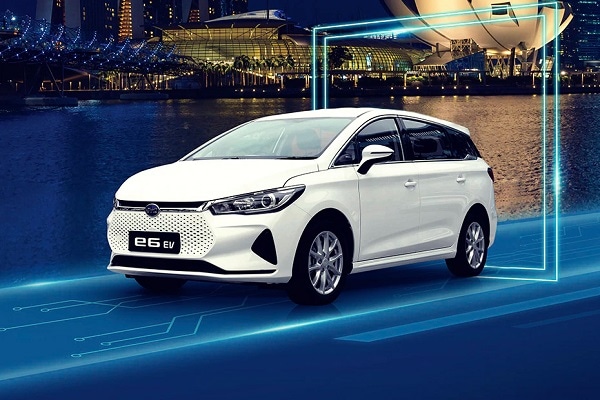

 1497 cc
1497 cc Multiple
Multiple





